What your customers want from their shopping experience
Pam Neely द्वारा इस को पोस्ट किया गया
Your customers are your business. Without them, even the most fantastic, life-changing product will get no sales.
And if you aren’t delivering what people want, you’re basically going out of business… be it quickly or slowly.
That’s why smart owners spend a lot of time pondering, testing, and asking what their customers want.
So what do your customers want? And how are you going to give it to them?
There’s a bunch of ways to answer this. One way is to focus on giving them the product they want.
The other part is about their experience of getting (and using) that product. It’s the product discovery, the ordering, the shipping, and all the customer service interactions in between. It’s the second part – the customer experience part - that I’m going to focus on here.
The customer experience
As many of you know, this “customer experience” aspect of your product is becoming more and more important. To some shoppers, it’s basically part of the product. Their customer experience part will determine whether they ever order again.
Recent research from Marketing Sherpa makes this clear:
So how can you give your customers want they want in terms of customer experience? Well, there’s been some research done on that. We’ve rounded it up for you, and listed it here in order of importance. If you can apply even a few of these ten suggestions, you should see higher conversion rates, larger order sizes, and better customer loyalty.
1. Offer free shipping
What’s the most powerful word in the English language? Depending on who you ask, it could be “you” or “because”… or “free”. “Free” is especially powerful for ecommerce for obvious reasons. The trouble is where to use it.
Ends up, using it with shipping is crazy effective. That’s because almost all of us hate to pay for shipping. In a survey of over 2,000 U.S. consumers, “provide free shipping” came in at the top of the list for ways retailers can improve the customer experience. It beat out the runner-up by 21%.
So offering free shipping could get more sales. But… there’s a reason retailers charge for shipping. It’s expensive (duh). You can’t just eat that cost.
You could:
- Add the average cost of shipping to every item.
Figure out a minimum order size that you’re willing to cover the shipping for.
Most retailers opt for the second choice. That’s probably the best one for you, too. 91% of online shoppers say they’re willing to spend more just to qualify for a free shipping offer.
2. Include customer reviews
Everyone hates purchase mistakes. You know – when you buy something you end up not liking very much. It’s called “buyer’s remorse” if you’re on the marketing side. If you’re on the customer side, it’s just a bummer.
One of the most trusted ways for customers to know they’re ordering something good is for them to read reviews. They may not even read all the reviews – just seeing that an item has over a dozen five-star reviews is usually enough to build trust.
The power of reviews has even been quantified. According to research from Bazaar Voice, just one review is enough to increase sales by 10%. And the more, the merrier.
No wonder sites like Etsy make it so easy to leave a review… and keep asking shoppers to leave a review… and make each seller’s reviews so prominent on product pages.
3. Give them packaging that’s easy to open
It’s not just you. And it’s not because you’re getting old. Some packaging is just difficult to open. It's getting so bad that 77% of consumers reported to have been injured by product packaging in their lifetimes. They also said that difficult packaging is the most irritating and annoying thing about ecommerce packaging.
4. Make sure your site loads fast
People like to get their orders shipped to them fast. They like placing their orders fast, too. In fact, they just generally like fast when it comes to being online.
So what’s “fast”? A page that loads in two seconds or less. Any more than that, and you’ll start losing customers and orders. The slower your site gets, the higher the page abandonment rate for your site will go, as this data from Kissmetrics shows:
Site speed can have huge effects on your earnings. Just 4 seconds of pageload time) can impact your revenue by 3X. That means if your pageload time is over 4 seconds, you could be losing out on a lot of revenue!
All you folks on ecommerce platform sites like Etsy and eBay and Amazon don’t have to worry about this, of course. It’s one of the best benefits of sticking with a platform.
5. Don’t hide your shipping costs or any other unexpected fees
Trust is a really big deal online. It can make or break an order. Adding a surprise shipping fee (even if it’s a legitimate shipping fee) damages any trust you might have built up. It raises a red flag with your buyer.
Here’s an example of an unexpected shipping fee. It’s a $9 extra charge for insurance, and it was enough to make me decide to buy from a different site.
6. Don’t force them to register when they check out
Let’s be honest: Online ordering can be a bit of a pain. There’s all these options (shipping, fast shipping, gift wrap, gift message?). And then all those form fields (Name, address, zip code, email… email again).
You finally get through the whole exercise… and then the retailer wants you to register, too?
Grrr!
I know I’m not alone on this. And here’s proof: The second most common reason people bail on their shopping carts is because they’ve been forced to register.
So be nice. Don’t make people register. Let them check out as a guest.
7. Give them custom packaging
We’ve written about how much packaging influences a customer’s experience. But it can increase their loyalty to your online shop, too.
30% of the consumers in a recent survey said they are more likely to order again if their package came in a custom-printed box. Big spenders are particularly influenced by this: The more someone spends on online shopping per month, the more likely they are to be influenced by the box.
8. Let them get their orders shipped fast
Want proof of how impatient we’ve all become? Here: 90% of consumers will choose a delivery option that ensures their order arrives within seven days. Even if they have to pay for the upgrade.
Amazon’s Prime shipping has spoiled most of us. (Sticker Mule offers free 2-day shipping on orders in the U.S.)
9. Put their needs ahead of your own business goals
We mentioned trust earlier, and how it can make or break a sale (and over time, your business). This is another perspective on that. It highlights how critical it is to do more than just say you care about your customers. You have to demonstrate it.
There’s no one tactic that will cover you on this one. You’ll need to prove it at every step through the purchasing process and beyond.
10. Help them make the best decision (for them, not you)
This is similar to the last point, but it shows how customers expect help with their buying decisions. And not just any help. Useful help. Unbiased help. Help that puts their needs first.
If you’ve heard of content marketing (attracting an audience through useful content), you may have heard that for it to work, the content has to avoid selling. If the publisher (aka, the company) is too focused on their products, or too salesy in their approach, their content marketing fails. These last two points back that belief up well.
Same thing applies to shopping ads on Google. KlientBoost has come up with something called The Gold Pan Technique that helps you narrow in on the products your potential customers are actually searching for.
So how can you help people make a decision? All the usual things. Lots of pictures, videos even. Good product descriptions with technical details. Reviews and other types of user generated content. And good customer support. But it all has to be in support of the customer – not your own sales goals.
Conclusion
There’s a new buzzword in marketing that sums up everything we’ve been talking about: customer-first marketing. It is exactly what it sounds like – putting the customer’s needs above your own, at every stage of the customer lifecycle. In every decision you make.
Many of the most successful companies in the world have already embraced this idea. If you aren’t able (or willing) to make any of the changes mentioned here, consider just that one question: What more could you be doing to put the customer first?
There are countless ways to delight your customers using stickers and other custom printed products. Check out more ways Sticker Mule can help your business grow.
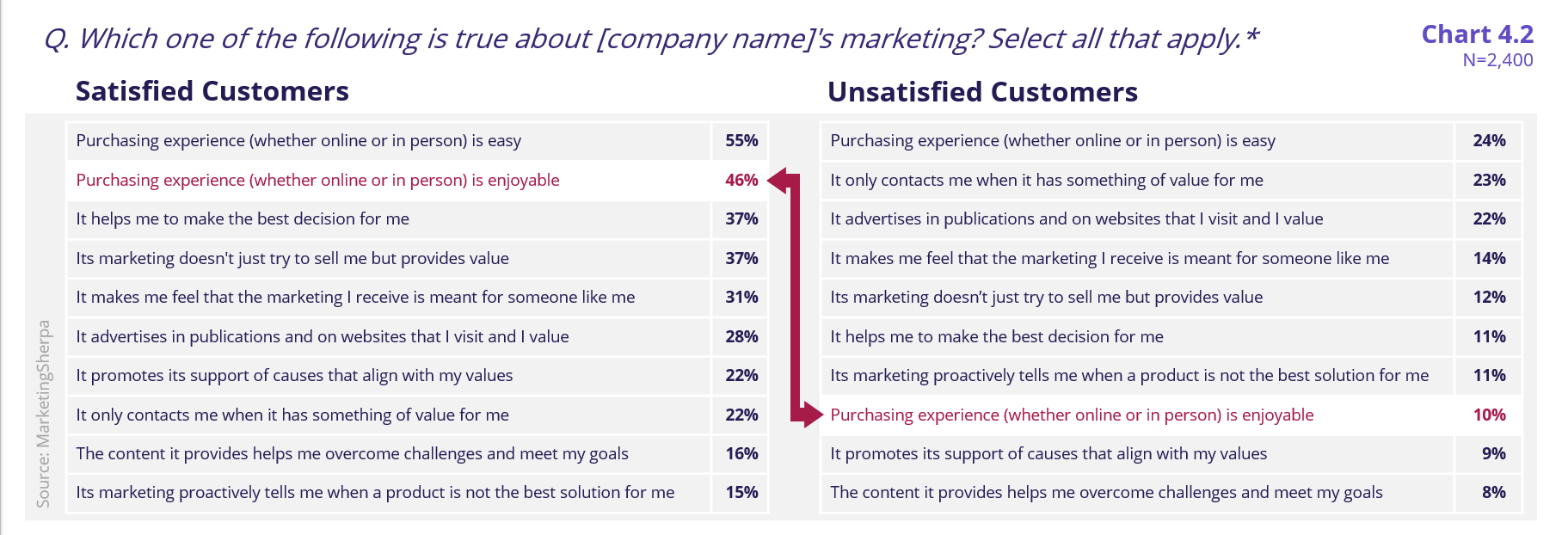
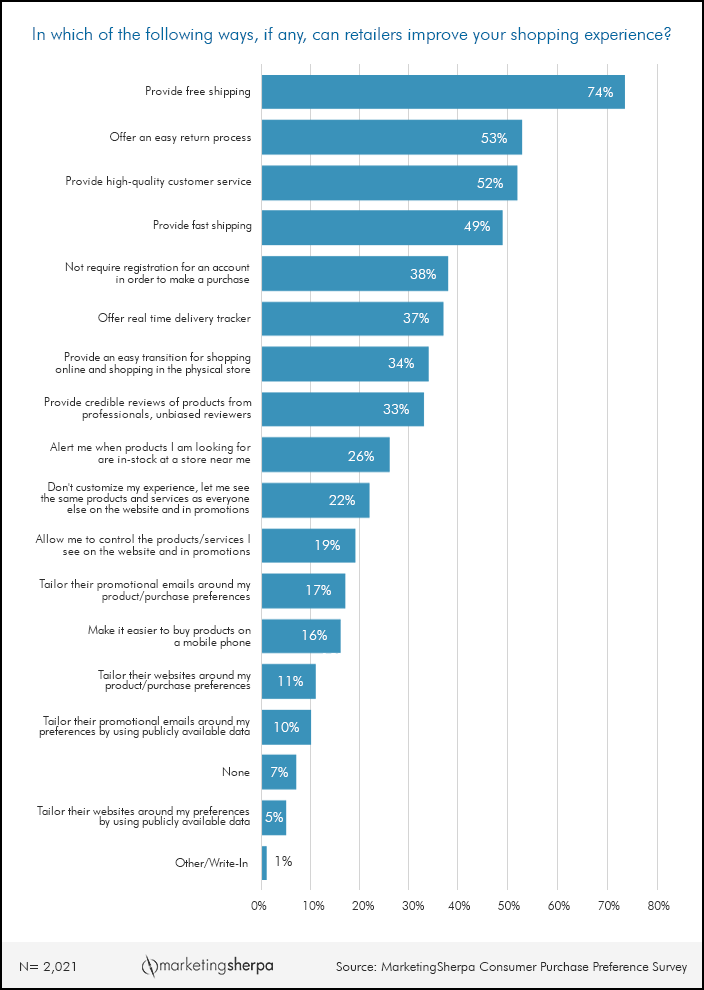
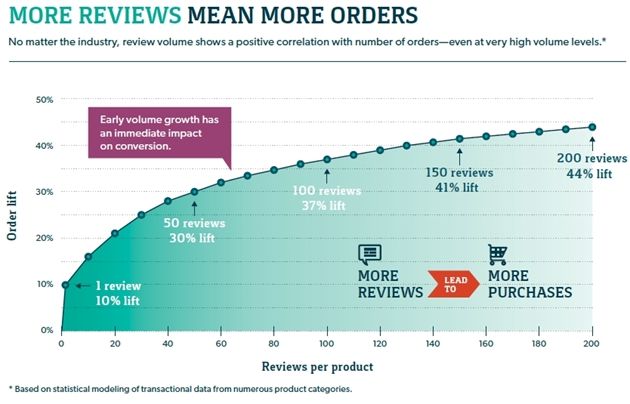
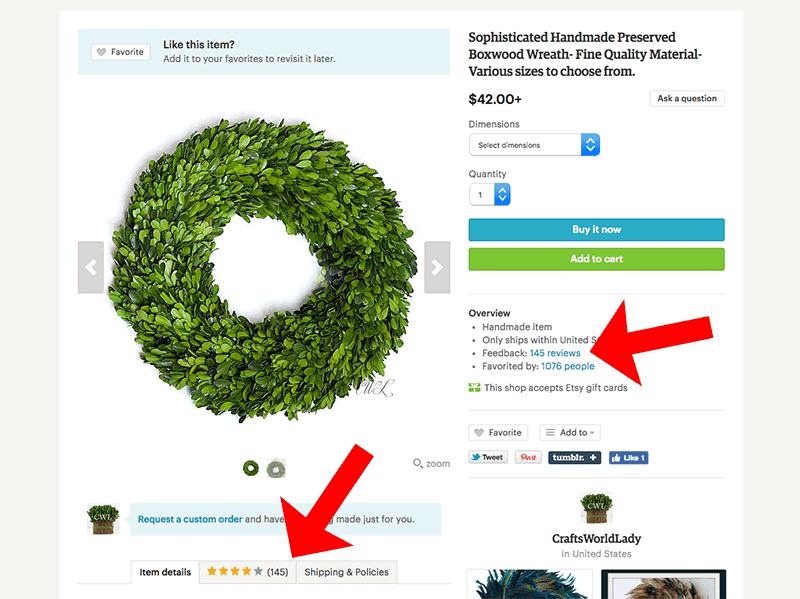

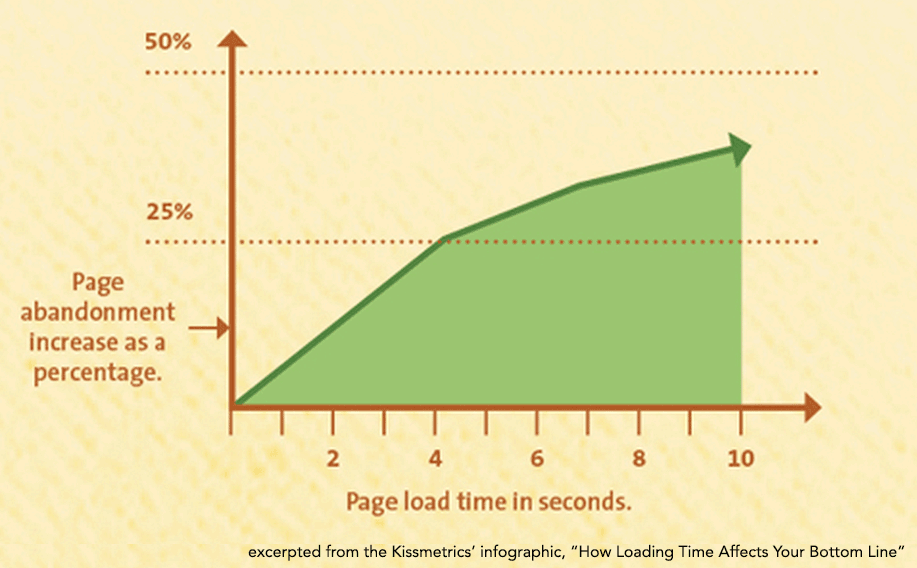
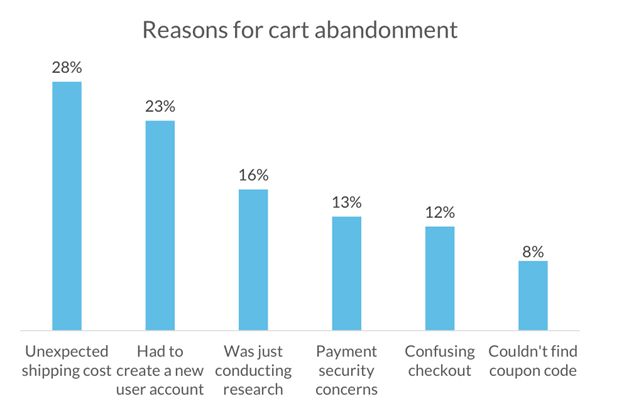
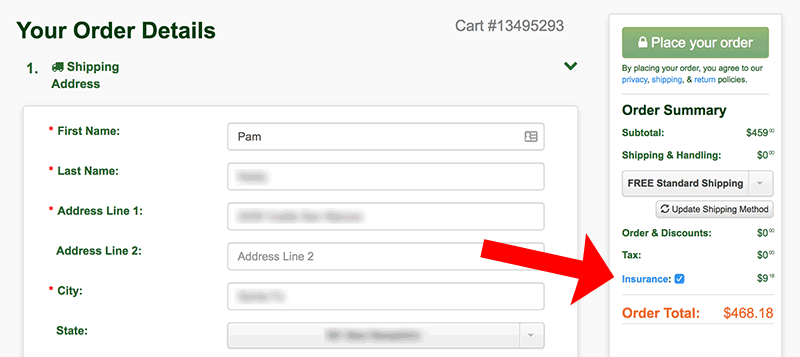
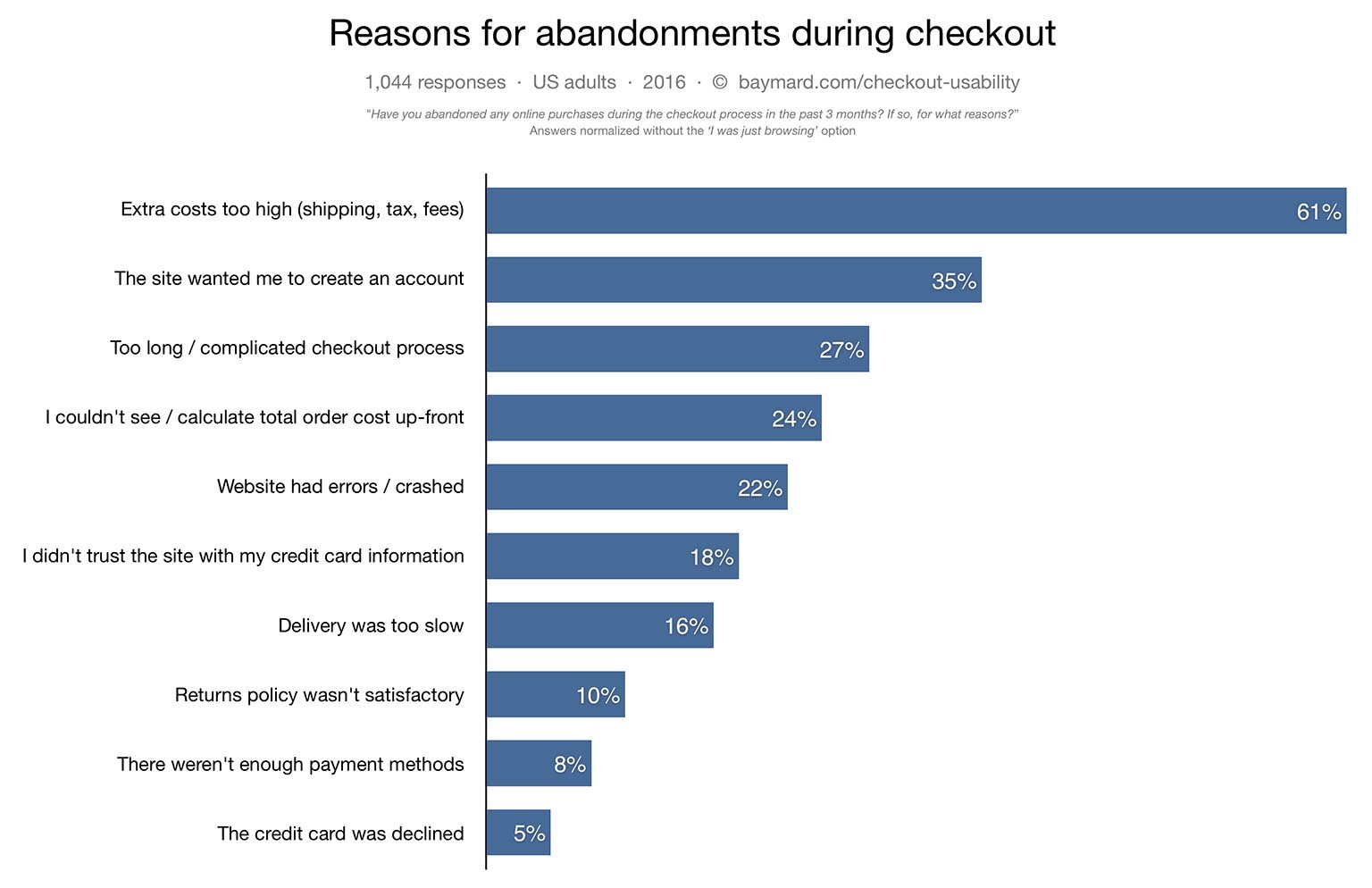
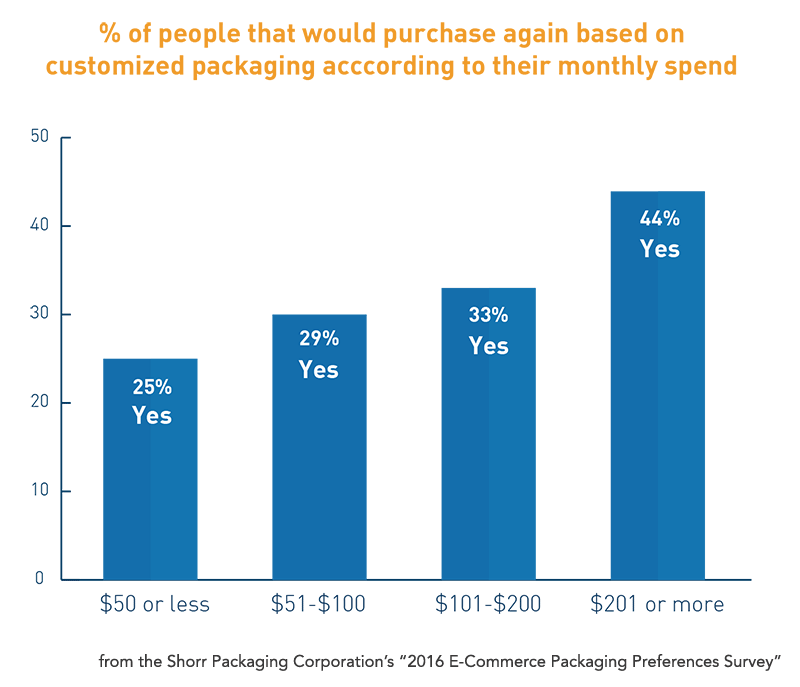
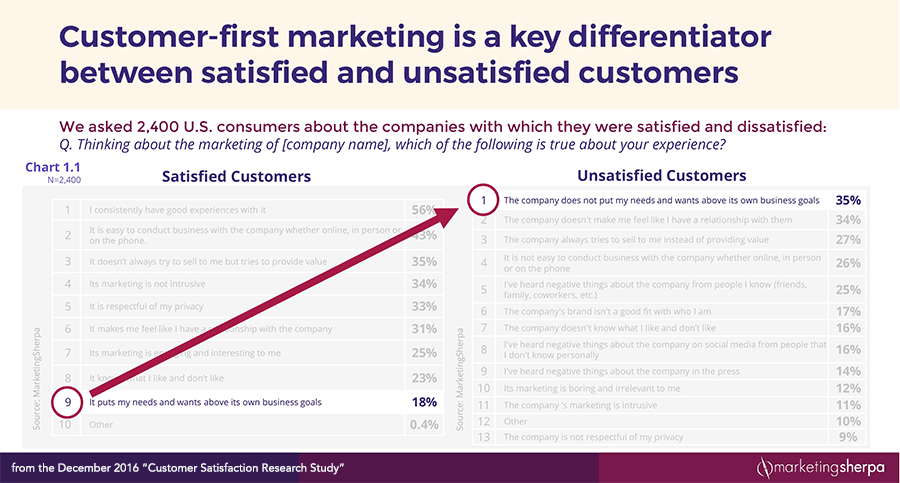
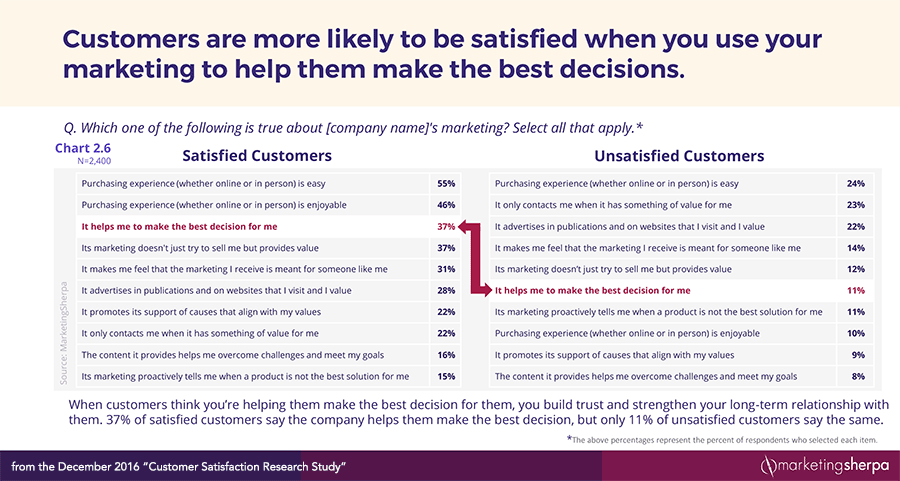
कमैंट्स